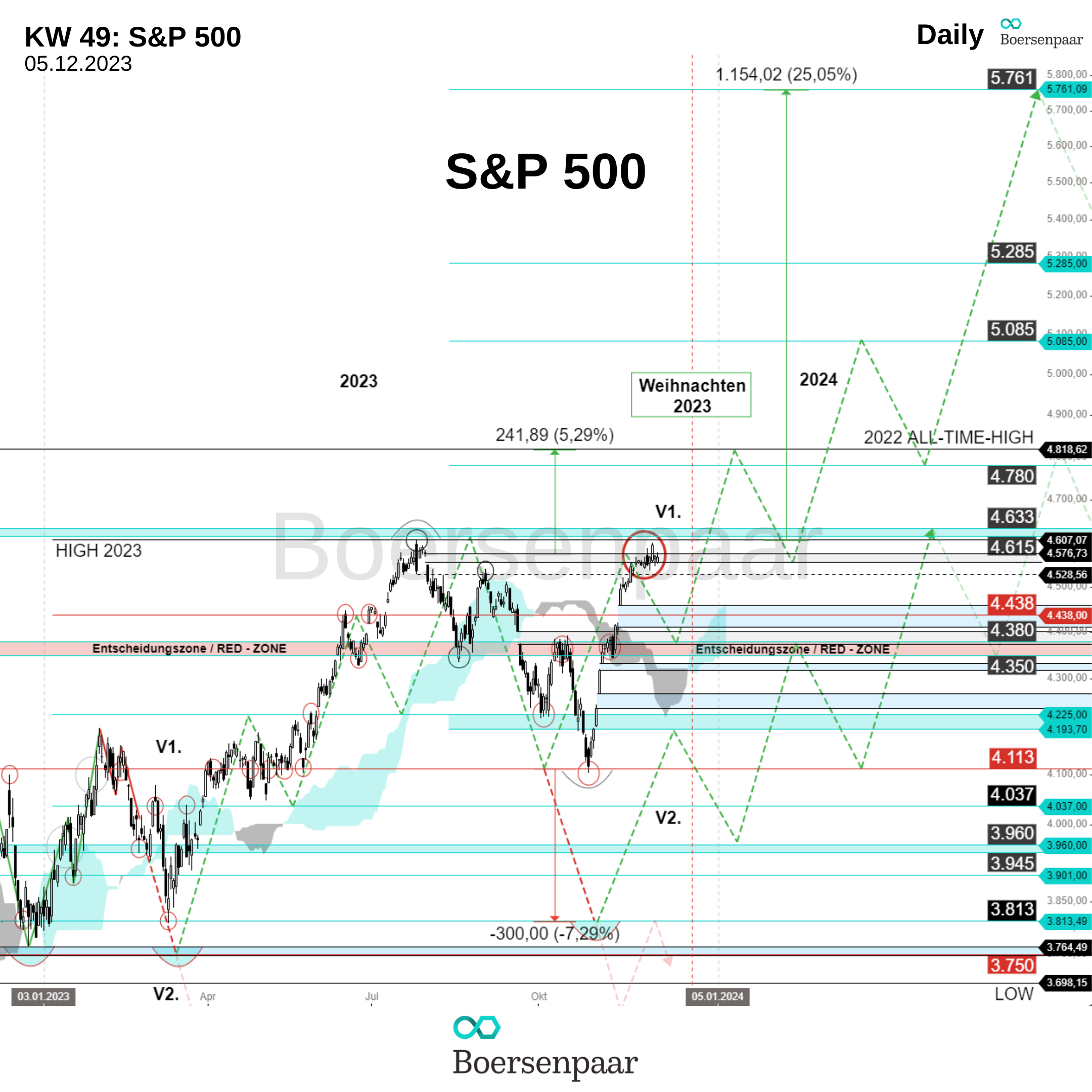
Introduction
The S&P 500 index, a benchmark for the U.S. stock market, is crucial for investors and analysts alike. It represents the performance of 500 of the largest publicly traded companies in the United States, providing vital insights into market trends and economic health. Particularly in recent years, the S&P 500 has become an essential tool for understanding market dynamics, especially as it has experienced significant volatility amidst geopolitical tensions and economic recovery phases.
Current Performance and Events
As of October 2023, the S&P 500 index has seen fluctuations due to various factors including rising interest rates, inflation concerns, and corporate earnings reports. After hitting a record high earlier this year, the index has corrected, reflecting investor apprehension regarding the Federal Reserve’s stance on monetary policy. Sector performances vary widely, with technology and healthcare stocks leading the charge, while energy and financial sectors have shown mixed results.
Analysts are closely monitoring upcoming earnings reports, which could significantly influence the index. Companies such as Apple, Microsoft, and Amazon are set to release their quarterly results soon, and analysts anticipate scrutiny over their ability to maintain growth amidst economic headwinds. Recent data indicated that inflation remained stubborn, fuelling speculation on whether the Fed might opt for another interest rate hike at its next meeting.
Significance for Investors
Understanding the S&P 500 is crucial for both institutional and retail investors aiming to navigate the stock market landscape. Many investment vehicles, including mutual funds and ETFs (Exchange-Traded Funds), track the performance of the S&P 500, making it an essential barometer for portfolio performance. The index also reflects broader economic trends, serving as a predictive tool for potential market shifts.
Conclusion and Outlook
Looking ahead, analysts predict that the S&P 500 will continue to reflect the ongoing economic changes, influenced heavily by inflation rates, Fed policies, and global market conditions. For investors, remaining informed about these factors is paramount. As the fourth quarter approaches, potential market corrections may present opportunities for strategic investments within the index. Keeping an eye on major earnings reports and macroeconomic data will be vital for anticipating changes in market sentiment.
You may also like

The Impact of RB on Modern Banking

Understanding Loans: Impact and Importance in Today’s Economy
